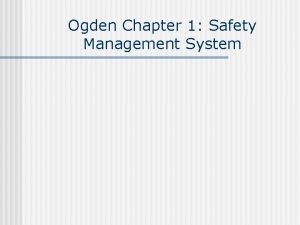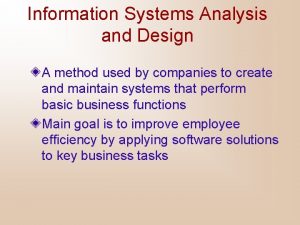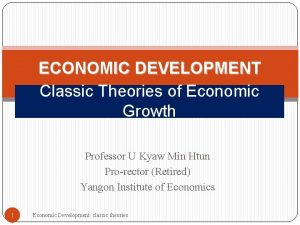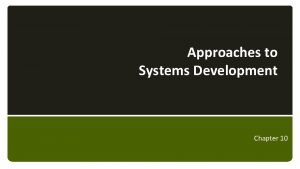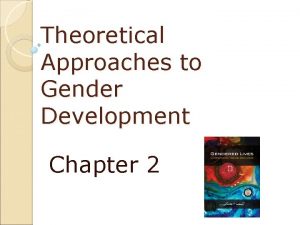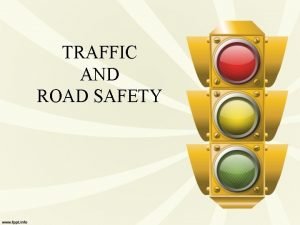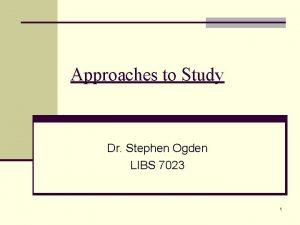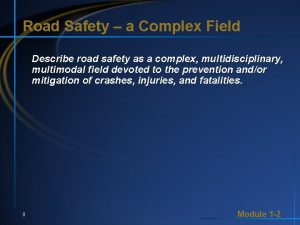Historical development of approaches to road safety Ogden






- Slides: 6

Historical development of approaches to road safety (Ogden, Chapter 2) Phase 1: Mono-Causal casuistic approach • Remove the cause: Every accident was a problem and solution for that was taking away the cause. • Problem migration: No attention was paid that taking away one problem may produce other problems. • No solution: It is impossible to find a unique solution to every different problem. • Blame: This approach promoted perfectionism and led to attitude to “blame the victim”.

Phase 2: Mono-Causal accident proneness approach • Focus on bad drivers: This approach argued that accident-prone drivers should be identified and kept away from traffic, or force them to improve. • Failure: Since all attempts to identify these drivers in advance have failed, this approach was not successful.

Phase 3: Mono-Causal chance phenomenon approach • Not preventable: This approach considers crashes as completely a matter of chance, so it was argued that they can not prevented. • Focus on consequences: This approach concentrated on the consequences of the crashes – e. g. crashworthy cars, frangible poles, post crash countermeasures

Multi_Causal chance phenomenon approach – Chain of events: By using scientific research and analysis, this approach argues that crashes are the result of chain of events. – Break the weak link: Prevention or reduction of the end result was depend on finding the weak link in the chain. – Parts are controllable: Several interdependent factors such as human, vehicle and road and the interaction between these factors were partly deterministic and therefore controllable, and partly stochastic (random). – Data and Stats: This approach needs an extensive crash database and sophisticated statistical techniques to determine the interaction among the factors. – Targeted programs: Effectiveness and setting priorities became the leading principles for the management of road trauma and resulted in targeted speed enforcement, concentration on at risk group (young, alcohol impaired), and “accident black spot programs”. – Successful: This approach led to great advances, and essentially is the state of the current practice.

Phase 4: Multi-Causal static system approach • Nature of problem: This approach emphasizes the nature of the problem. • Close examination: It is based on a problem-oriented strategy of choosing a particular part of the problem and bring resources to examine it more closely. (TI, Safety audit) • Answer “why”: The goal of this approach is to gather as much data as possible about not only the site and circumstances of the crash, but background information and circumstances before the crash.


